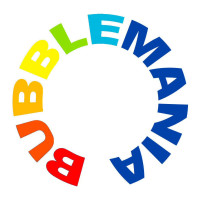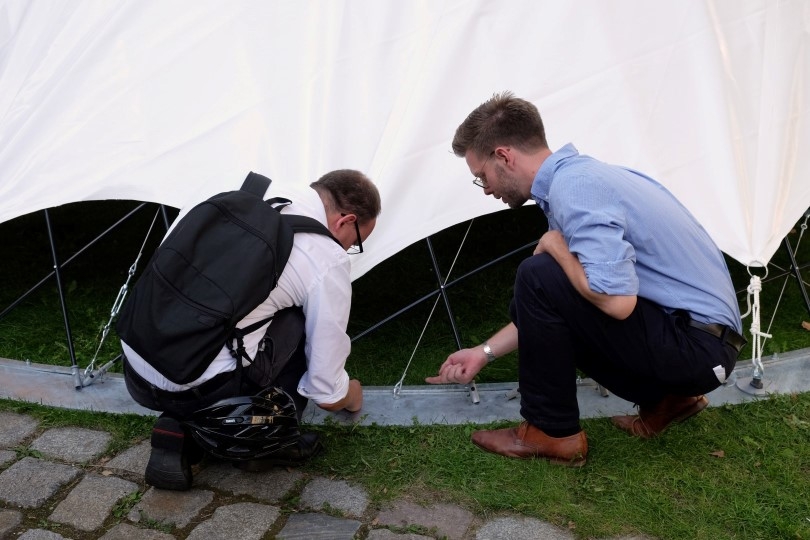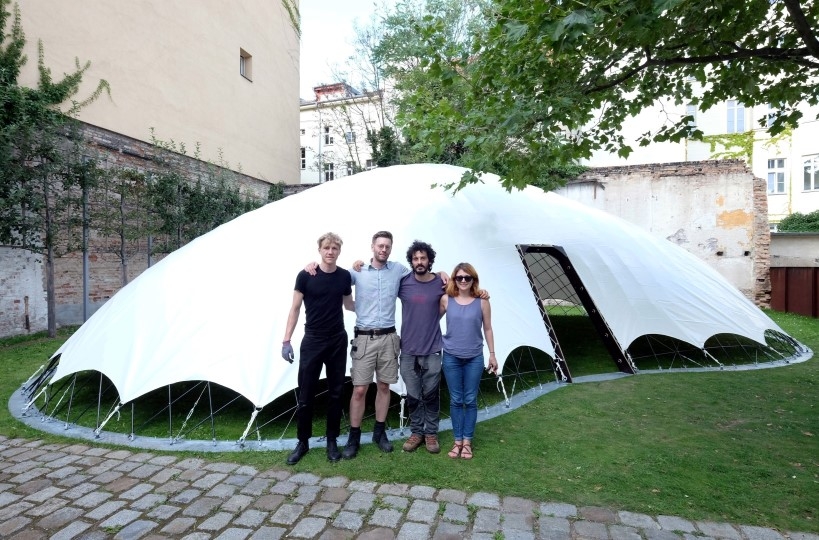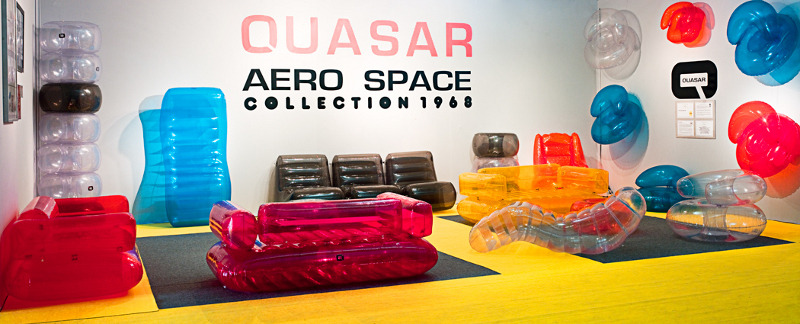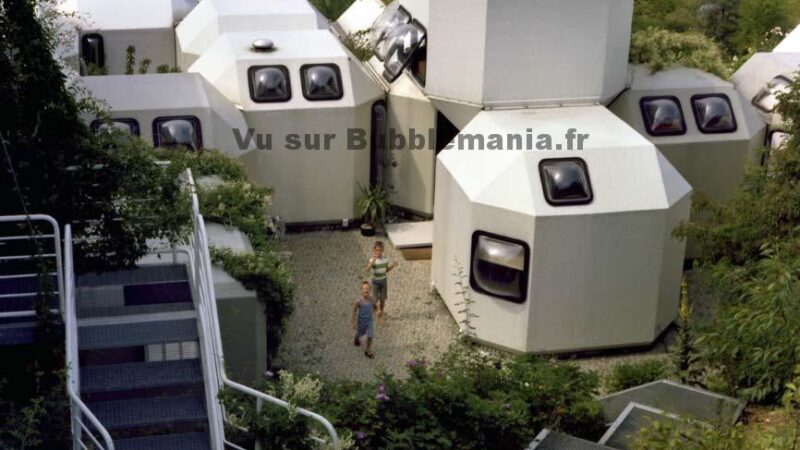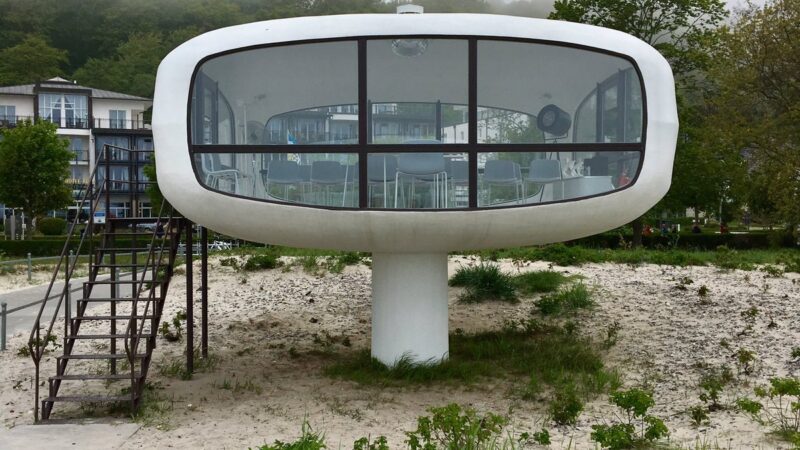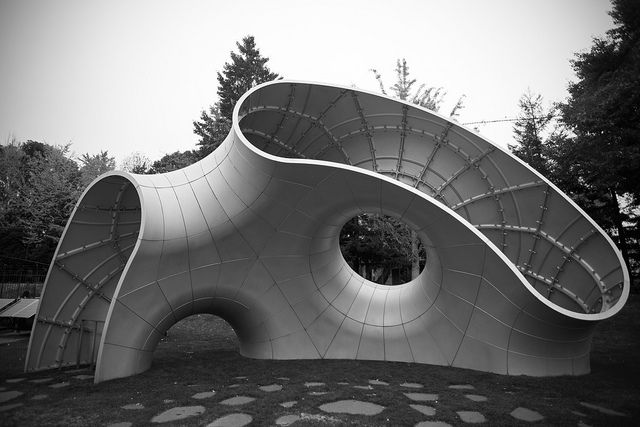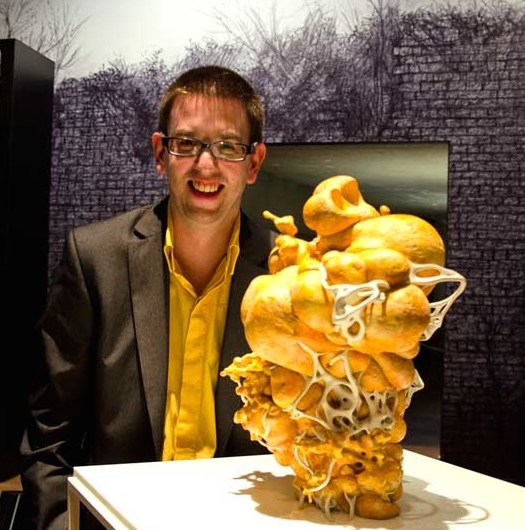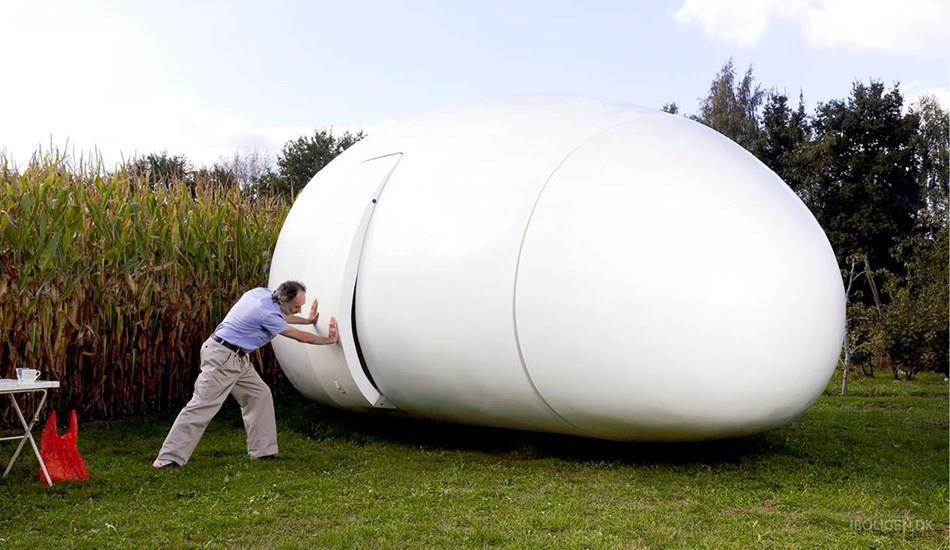Bulle Pavillon Sheltair (2017) – Gregory Quinn – Berlin – Germany
Pavillon Sheltair
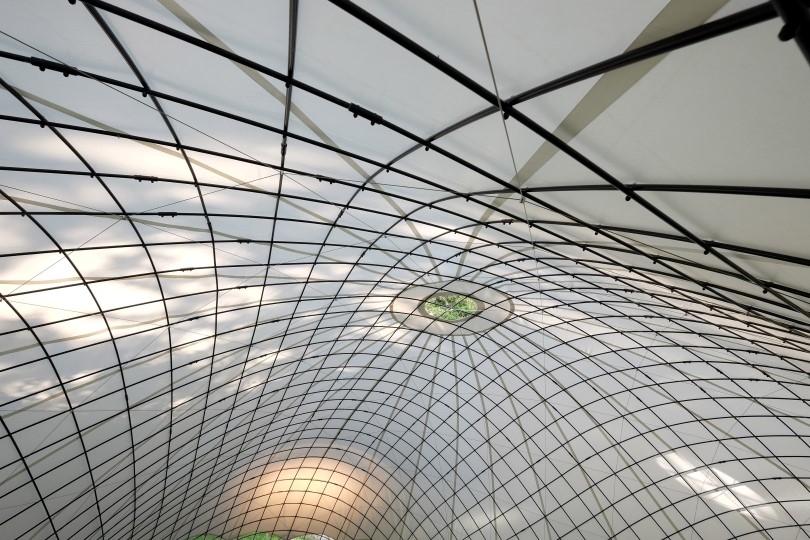
the simplicity of these structures is their ability to generate
beautiful surfaces of double-curved shells..
SHELTAIR
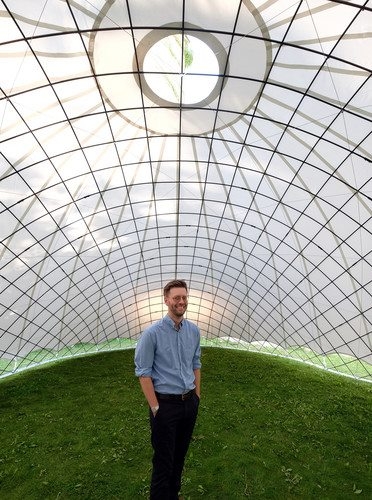 Gregory Quinn
Gregory Quinn
 the resilient shells are effective structures capable of covering large extensions with little material or integrated energy.
the resilient shells are effective structures capable of covering large extensions with little material or integrated energy.
Sheltair a pioneer pavilion in the garden ANCB (Aedes Network Campus Berlin)
Gregory Quinn creates shelter “sheltair” for larger shells with potential. steel frame made with the same tent. Flexible Pneumatic Training ,It also saves time and money during installation.
This pavilion is studying the use of air-filled cushions to erect quickly, safe and cost effective stunning and structurally elastic replicas for events and humanitarian causes.
Scientifically developed by Gregory Quinn as part of his doctoral thesis at the University of Arts in Berlin and exposed to ANCB Aedes The Metropolitan Laboratory in Berlin. Designing an ideal inflatable structure for refugee or disaster areas.
For Gregory Quinn doctorate at the Berlin University of Arts in Germany , he explains how the elastic shells are highly effective structures that can cover wide steps with little or hardware integrated energy.
the simplicity of these structures is their ability to generate beautiful surfaces of double-curved shells from thin beams and initially straight. although it is effective in its frame state, existing methods to erect are generally associated with complexity, a significant cost and time.
For Gregory Quinn PhD thesis at’ Berlin University of the Arts in Germany , he explains how the elastic shells are highly effective structures that can cover wide steps with little or hardware integrated energy. the simplicity of these structures is their ability to generate beautiful surfaces of double-curved shells from thin beams and initially straight. although it is effective in its frame state, existing methods to erect are generally associated with complexity, a significant cost and time.
The elastic shells such as Multihalle Frei Otto Mannheim are highly effective structures, able to cover wide steps with very little material or integrated energy. The simplicity of these structures is their ability to create beautiful surfaces of double-curved shells from thin beams and initially straight. Although the resilient shells are effective in their built state, existing methods to erect are generally associated with complexity, a significant cost and time. This method, which uses pneumatic parts (that is to say, air-filled cushions), has the potential to greatly increase the construction speed of the long-range shells (ie d. Until 100 m in a few days), which would have a revolutionary impact on construction costs and efficiency with promising potential application in blankets and shelter quickly deployable events.
Simple, beautiful and functional:
The importance of large shelters for medical treatment, social recovery and religious gatherings in refugee or disaster areas remains inadequate because of the necessary focus on smaller PMQs, but also because of the cost, time, the complexity and energy requirements associated with their construction. Based on a rigorous and groundbreaking research, this holistic solution facilitates rapid erection, safe and low energy grids to the elastic by means of pneumatic parts, cushions filled with air. There are advantages in the ability to generate large double curved shells, steep and beautiful from thin and straight beams with very little material or integrated energy. This pavilion 13 m in the garden of the Aedes Berlin Metropolitan Laboratory was built to test and validate the desired method, but also to demonstrate its architectural potential. The biomimétrie the curvature of the shell and the repeating units of the grid complement the sustainability aspects of the solution and provide a refreshing contrast to the typical planar shelter systems.
Getting low technology implementation: high-tech simulation:
The implementation and construction of the proposed solution are proposed and necessarily low-tech. However, the physical interaction between the curved elastics beam with residual stresses and the tire shape of the cushion relative to the target shape architectural (for example a fungus) is particularly complex. custom simulation methods have been developed on the basis of a new dynamic relaxation solver insensitive transitional system between the dynamic states (swelling) and static (inflated). The simulations and physical prototypes produced a wide range of results that determine, for example, the curves, curvatures and pressures that are possible and appropriate with this method. The amount of design freedom allowed within the constraints of the solution is considerable.
modern materials:
Reel : plastic reinforced nylon coated glass fiber (pultrusion) / Membrane: PVC coated polyester fabric / Foundation plate: galvanized and’ cutting steel laser (6, 8 and 10 mm) / Cables: 7×19 strand 3 mm steel wire / cables- tool joint: wire connectors threaded mesh / ground anchors: steel thumbscrew / tensioner membrane: 8mm nylon rope
Enabling and sustainable technology:
The practical benefits of elastic grid, such as low material use and simplicity of manufacture, are compromised by the existing methods for their erection (uprising, Push up and ease) that cost a lot of time and may exaggerate the system. This new method has extremely high demands on energy, consumer and construction materials. Only very simple fans for temporary low pressure (less of 3 mbar) are necessary. For larger extensions, the cushion membrane may be suspended from the hull to the final state to form a second skin architectural. The inner and outer membranes (both raised with the grid) can create a thermally insulating air volume. Repetition and simplicity of predominantly linear construction elements are extremely high and all manual work is done at ground level.
The pavilion is available during regular opening hours of the Aedes Architecture Forum and will be tested by various events taking place during the exposure period.

–
For more & rsquo; information:
Contact
Gregory Quinn, quinn @ udk-berlin.de
+49 (0) 176 64972827
Shelt AIR Gregory Quinn, University of Arts in Berlin.
The pavilion will examine the use of air-filled cushions to erect quickly, safely and inexpensively, beautiful and structurally effective elastic replicas for events and humanitarian causes.
opening 27 August ANCB Berlin.
Opening Reception: 25 August 2017, 18 h
Dates: 27 August – 25 September 2017
Business hours: mar. friend. 11 h 18 h 30, Monday Monday 13 h 17 h
Lieu: The garden ANCB Metropolitan Laboratory Aedes, Christinenstr. 18 – 19, 10119 Berlin
